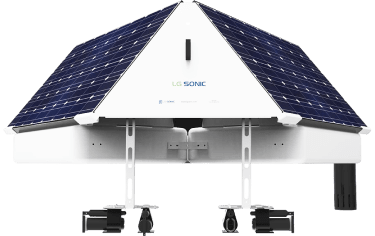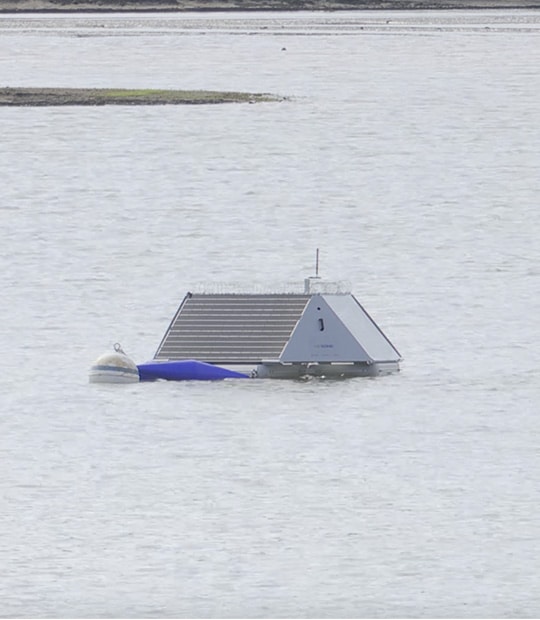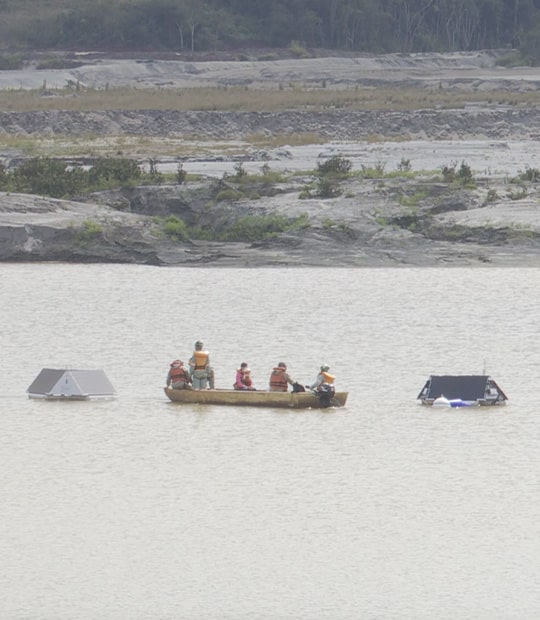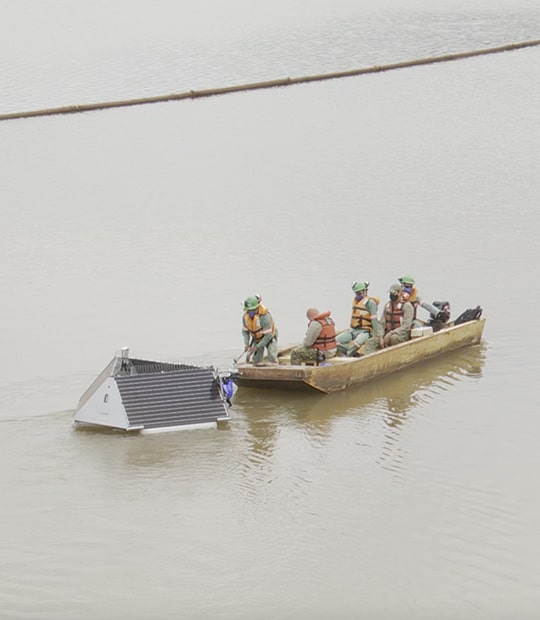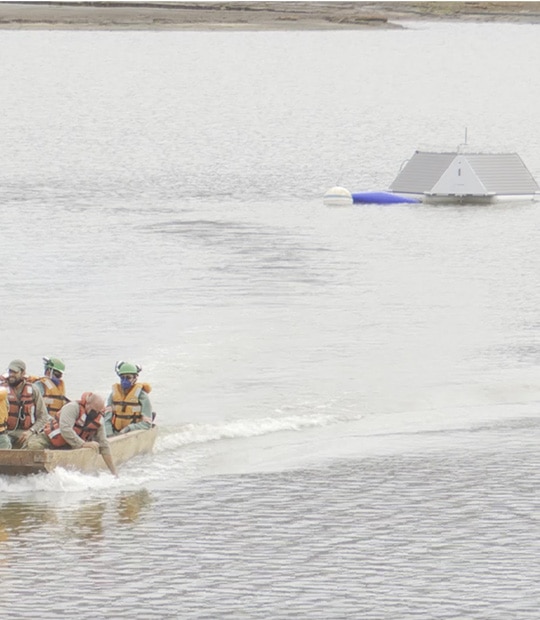Largest iron ore producer in the world successfully controls algae
Vale is the largest iron ore producer in the world. The mining company originated in Brazil and now operates in 30 countries worldwide. The mining industry uses tailings dams to store byproducts of mining operations after separating the ore from the gangue. Tailings dams provide optimal conditions for algae to bloom with their stagnant and nutrient-rich water, causing issues in mining operations, filter clogging, and foul odours.
Project summary
World's largest
iron ore producer
Successful
Algae control in tailings
24/7
Water quality monitoring
International collaboration
The project is a collaboration between the Netherlands Enterprise Agency (RVO), Vale, and LG Sonic. The RVO partially funded the project through its Demonstration, Feasibility and Investment (DFI) programme, which facilitates Dutch companies to launch their innovative technologies and products abroad.
Action against blooms
The Barragem Sul, a tailings dam operated by Vale in Brazil, had severe algal blooms that caused foul odours and aesthetic issues, leading to water quality complaints by nearby residents. To reduce and control the frequency of these algal blooms, Vale deployed three MPC-Buoy units in the dam on the 8th of May 2021. These three bouys served different functions: one MPC-Buoy Pro comprised ultrasonic treatment and monitoring capacity for various illogical water quality parameters, and two MPC-Buoy Lite equipped with treatment capacity.
LG Sonic ultrasound
Algae require sunlight and nutrients for growth and are characterized by a diurnal behavioural pattern in which they rise to the water’s surface during the day and sink to the bottom at night. Buoyancy vesicles found within the algae cells control this ability to ascend and descend in a water column. The buoys emit ultrasound which interferes with these vesicles, creating a sound barrier on the surface of the water through which the algae struggle to access sunlight, limiting its growth.
Results
According to the remote sensing and MPC-View data, the installation of the MPC-Buoys has successfully controlled algae concentrations. The graphics below show steady chlorophyll and phycocyanin concentrations at 0-3ug/l. Turbidity has ranged between 1.39-17.62, with a mean of 3.7. pH has a mean of 7.33, and the water temperature has an average temperature of 25 degrees. DO has a mean of 3.78ppm.
Algae indicators
| Parameter | Lower – Upper quartile Range | Mean |
| Chlorophyll | 0.16-3.3 (ug/L) | 2.8 (ug/L) |
| Phycocyanin | 0.16 – 3.49 (ug/L) | 3.7 (ug/L) |
| Turbidity | 1.39-17.62 (FNU) | 26.7 (FNU) |
Water quality indicators
| Parameter | Lower – Upper quartile Range | Mean |
| DO | 2.84-4.88 (ppm) | 3.78 (ppm |
| Saturated DO | 33.67 – 59.5 (%) | 44.95 (%) |
| Temperature | 22.3-26.3 (°C) | 24.56 (°C) |
| pH | 7.17-7.57 | 7.33 |
Remote sensing images
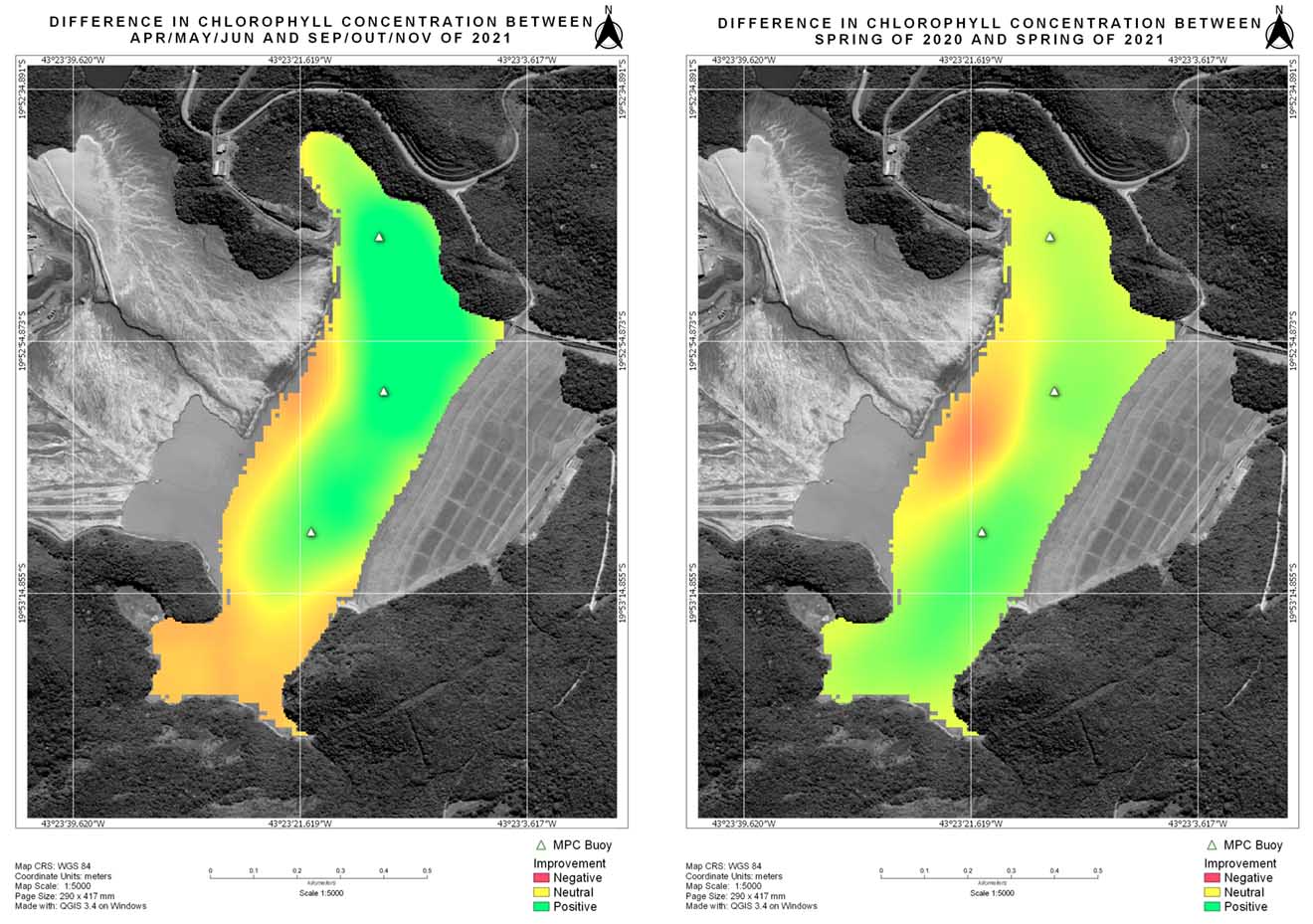
MPC-Buoy
All-in-one solution for controlling algae in large water reservoirs.
